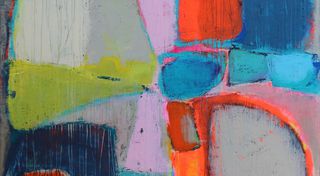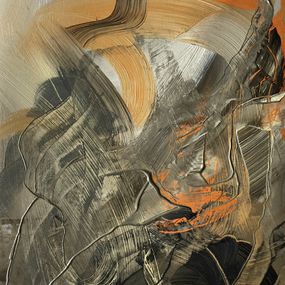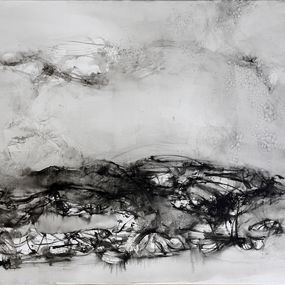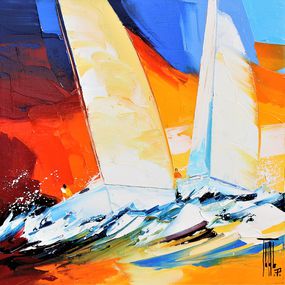
Oil Painting for Sale
Oil painting is a painting technique that involves mixing finely ground color pigments with a binding oil, typically linseed oil, though poppy seed oil is also used. Before applying the paint, the surface must be coated with a primer to ensure proper adhesion. This step is essential for the durability and versatility of the medium, allowing artists to paint on various surfaces such as wood, canvas, or metal.
The origins of oil painting trace back to the Middle Ages, but it was the Flemish painter Jan van Eyck who is often credited with refining the technique. His experiments led to new levels of transparency and depth in artworks, influencing other Flemish painters who helped spread the method. Oil painting soon replaced tempera, which relied on egg yolk as a binder, and became the dominant medium in European art.
During the 15th century, wooden panels gave way to stretched linen canvases mounted on frames, enabling artists to work on larger, more flexible surfaces. This transition, however, came with challenges, as oil paint contained toxic components and required skilled preparation. Despite this, the Renaissance saw a surge in its popularity, with Venetian painters like Titian and Flemish masters such as Rubens embracing the medium. Dutch painters, led by Rembrandt, further advanced oil painting techniques, making it a defining feature of Baroque and later artistic movements.
The 19th and 20th centuries cemented oil painting as the preferred medium for modern artists. Industrialization revolutionized its use, with the invention of pre-packaged paint tubes in France in 1840. This innovation played a key role in the emergence of Impressionism, allowing painters to work outdoors, capturing light and movement in ways never before possible. A century later, acrylic paint began to challenge oil painting due to its quick drying time and ease of use.
A fundamental rule in oil painting is the fat-over-lean principle, ensuring durability by applying layers with higher oil content over those with lower oil content. This method prevents cracking and enhances the painting's longevity. While traditional oil painting techniques continue to thrive, contemporary artists often experiment with unconventional approaches. Some painters leave the canvas unprimed to highlight its raw texture, while abstract artists such as Jackson Pollock abandoned classical methods altogether, using dripping techniques to create spontaneous, dynamic compositions.
Oil painting remains a cornerstone of the art world, with countless artists still using this historic technique to produce remarkable works. On Artsper, discover contemporary oil paintings by renowned artists such as Arman, Salvador Dalí, and Robert Combas, showcasing the timeless beauty and versatility of this celebrated medium.
Save your search and find it in your favorites
Save your search to find it quickly
Saved search
Your search is accessible from the favorites tab > My favorite searches
Unsaved search
A problem occurred










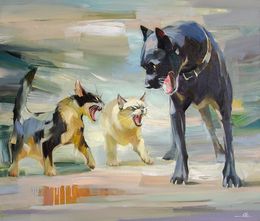
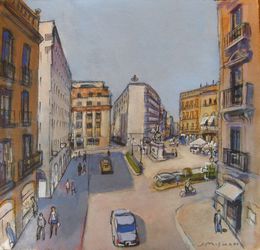



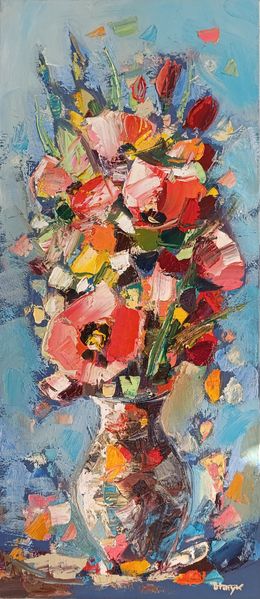
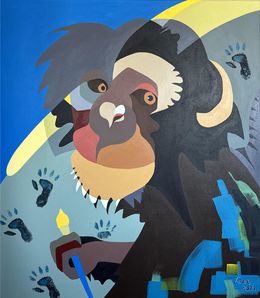


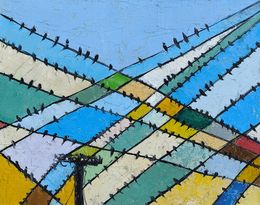


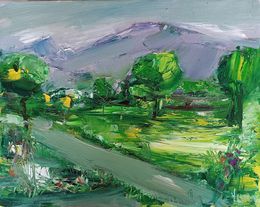
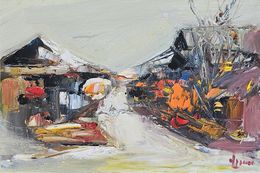
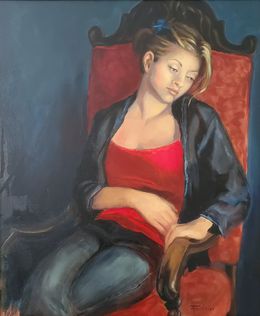
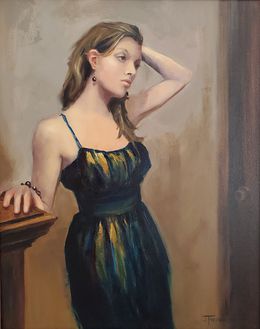

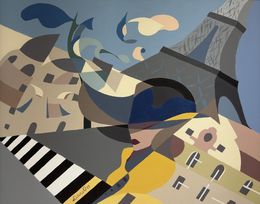
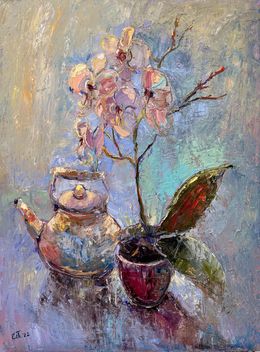


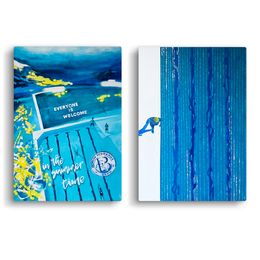


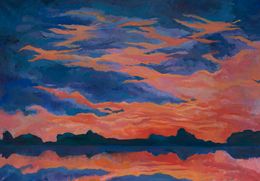
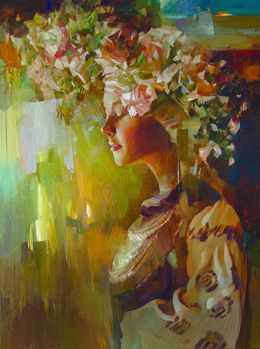




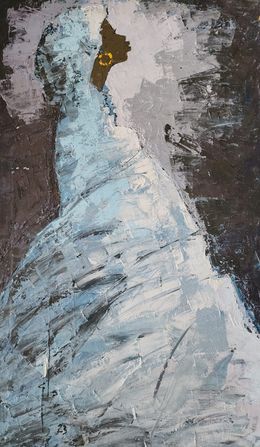
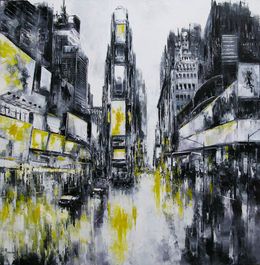



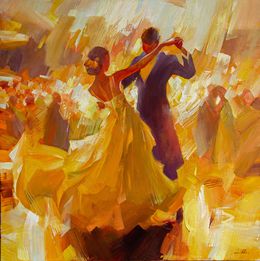

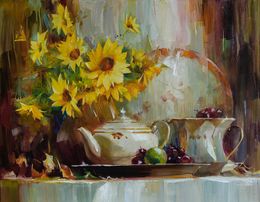






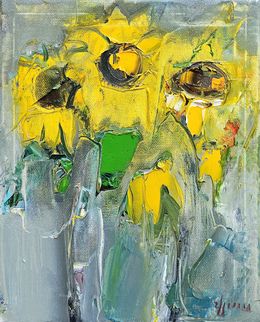
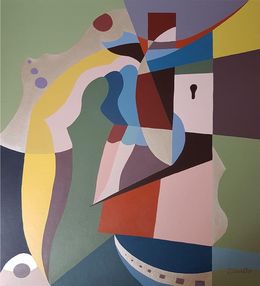





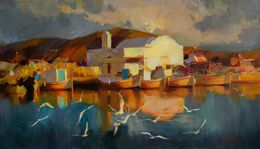

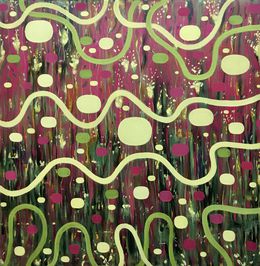






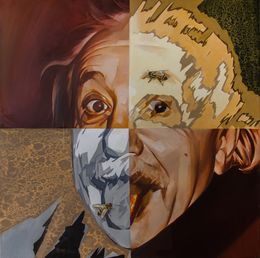
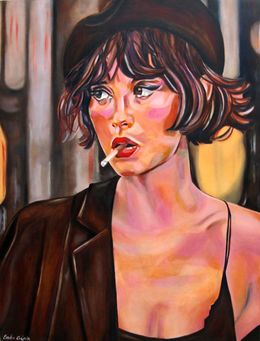



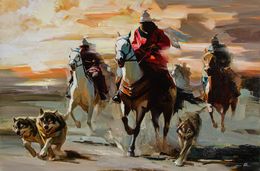






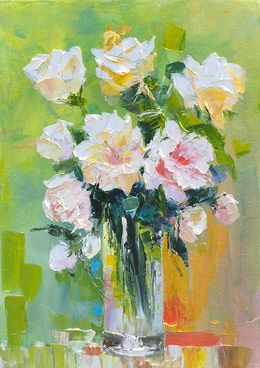
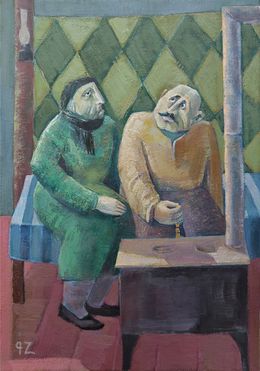

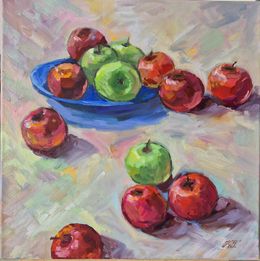
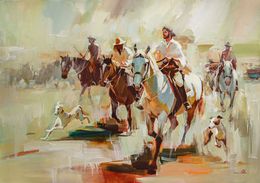

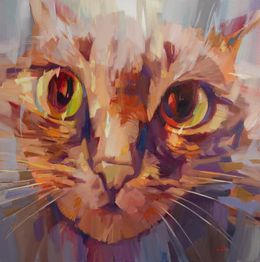
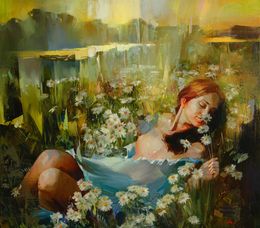

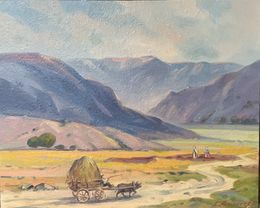
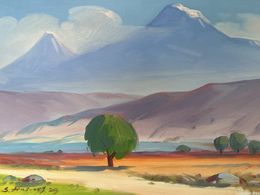
Discover the styles & movements
Discover the selection of our experts
Oil painting allows for very efficient mixing of colors and tones. Due to its long drying time, it is possible to alter an oil painting days after the paint has been applied. Oil painting also allows for precision and a range of visual effects.
Oil paint and acrylic paint are produced using different materials. While oil painting consists of pigments suspended in drying oils, acrylic paint is water-based. The main difference between the two is that acrylic paints can be thinned down with water, and dry faster than oil paints.
It is easier to correct mistakes when working in oil paint as they are more opaque than watercolors and can be easily scraped off a surface.
